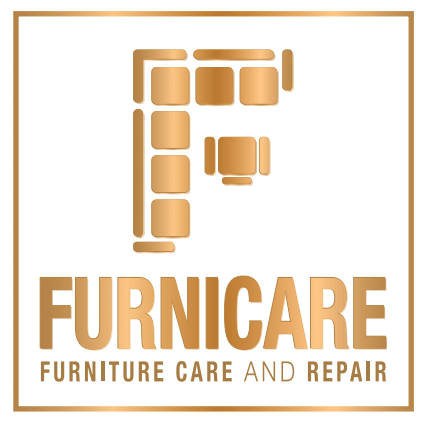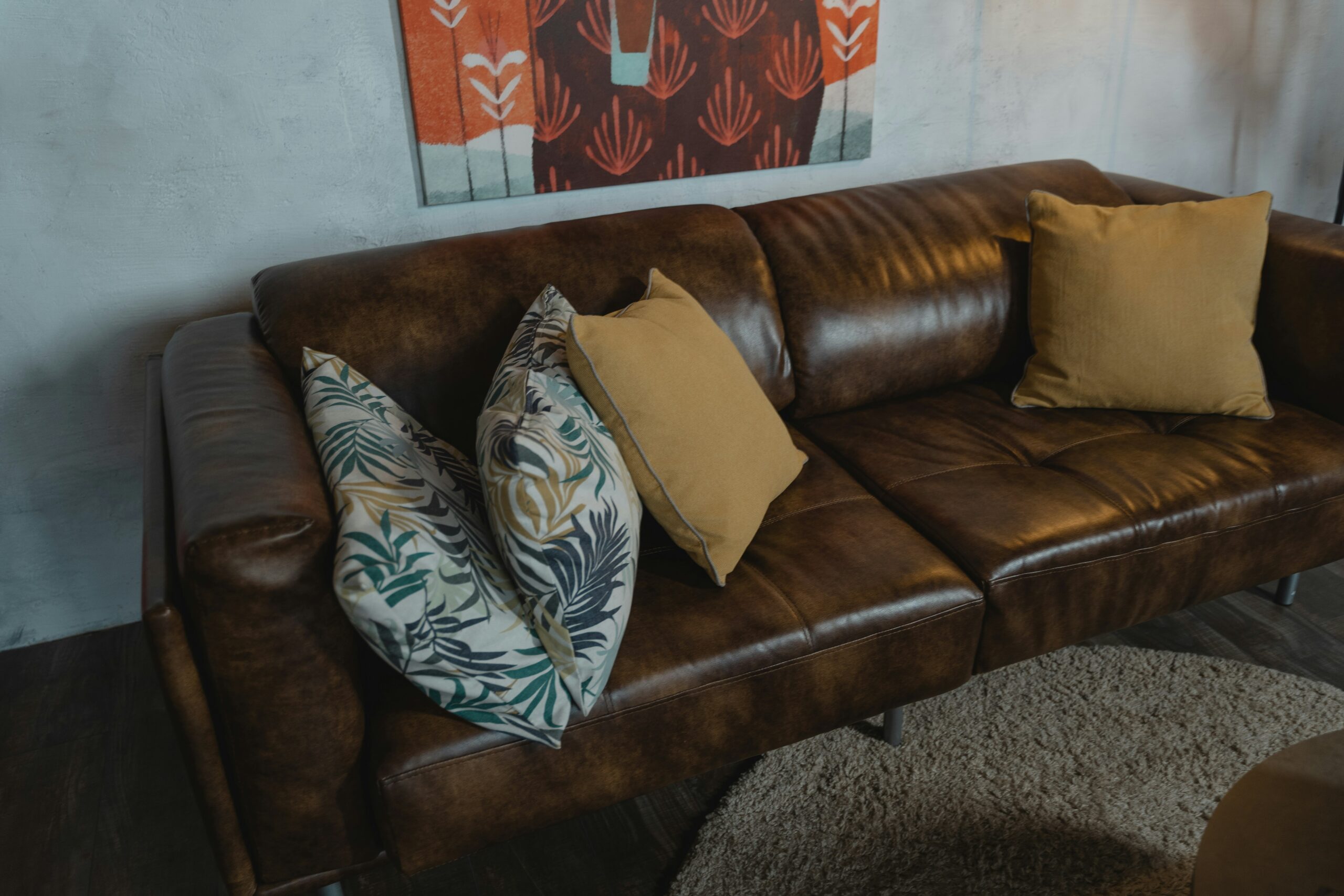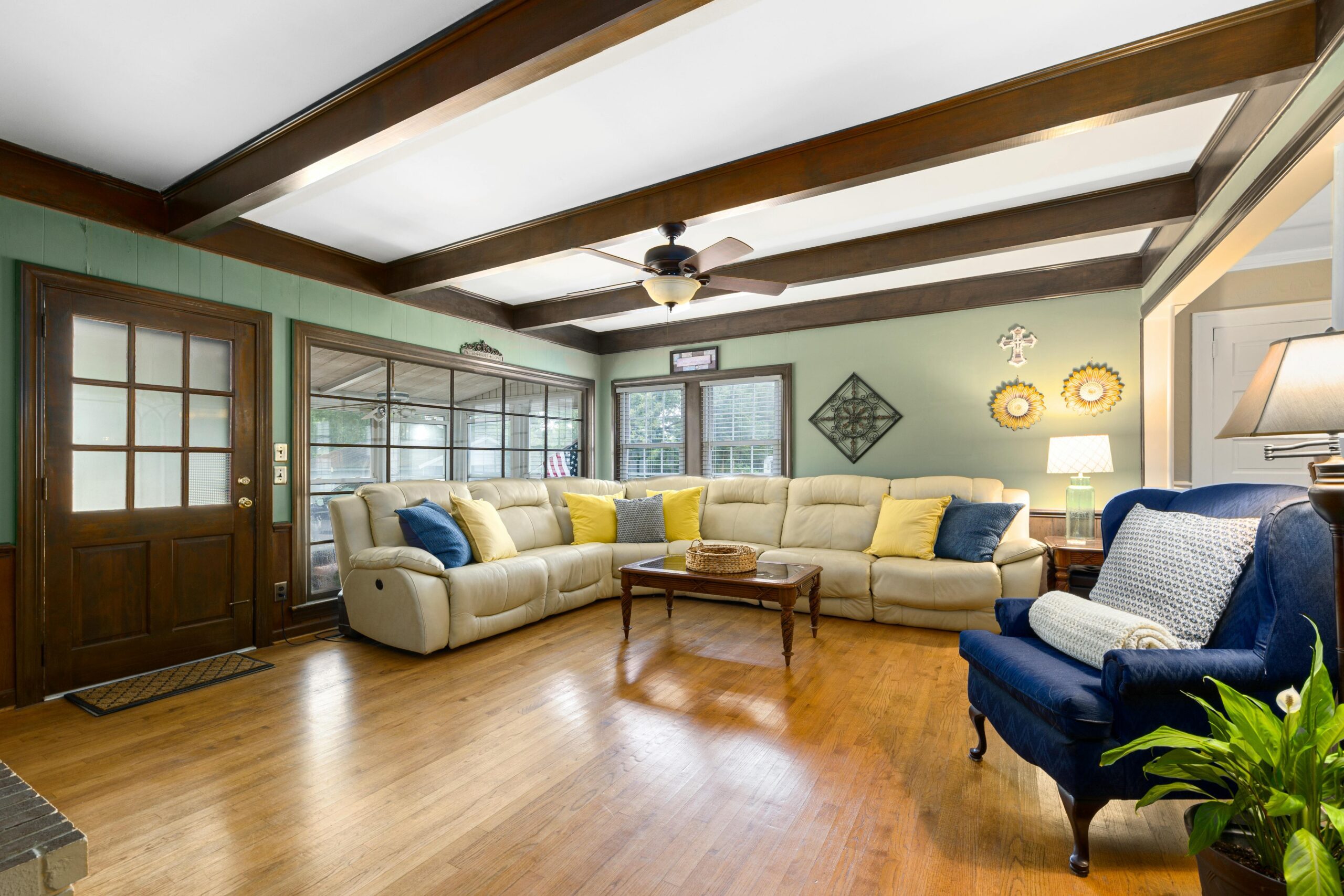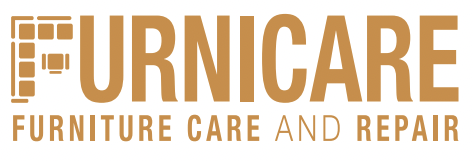A leather sofa is a statement of style and comfort in any property. But over time, even the highest quality leather starts to show signs of wear. From fading and cracking to scuffs and stains, you could be looking at a number of issues.
Common equipment used for leather sofa restoration
Professional leather restorers for sofas in Bedfordshire possess various tools. This helps them treat your beloved sofa to its former glory.
Leather cleaners and conditioners: Before any restoration work begins, a professional starts with a deep clean. Quality leather cleaners remove dirt, oils, and old coatings. The process is done in a way so that the material does not get damaged. Once cleaned, they apply a leather conditioner. It replenishes natural oils and prevents the leather from drying out and cracking.
Sanding pads and abrasive blocks: For minor scratches and surface flaws, renovators use fine-grit sanding pads and abrasive blocks. These tools help smooth out rough patches. Thus, it creates an even surface before applying dyes and finishes. This step is crucial for achieving a seamless restoration.
Leather repair kits: From small cracks to deep cuts, professional-grade leather repair kits come in handy. These kits include filler compounds that bond with the leather. As a result, the experts can rebuild damaged areas without an issue. Once dried and sanded, the repair blends seamlessly with the rest of the sofa.
Colour-matching dyes and pigments: One of the most critical steps in leather restoration is ensuring a perfect colour match. Professional restorers use high-quality leather dyes and pigments. These can restore the original colour or even change it entirely. The dyes penetrate deep into the leather. This offers a long-lasting and natural-looking finish.
Airbrush and spray guns: For an even application of dyes, topcoats, and sealants, specialists often use airbrushes or spray guns. These tools ensure smooth, streak-free coverage. Thus, the restored leather achieves a factory-finished look.
Leather protectants and sealants: Once the leather has been repaired and recoloured, it needs protection. Leather protectants and sealants add a layer of defence. This offers reliable protection against future stains, spills, and UV damage. You can prolong the sofa’s lifespan and keep it looking pristine for years to come.
Soft buffing cloths and microfibre towels: Polishing and buffing are the final touches in any restoration process. Soft buffing cloths and microfibre towels help remove excess product. This helps enhance the natural sheen of the leather. This ensures a smooth, professional finish that makes the sofa look great.
Restoring a leather sofa requires skill, patience, and the right set of tools. Whether it’s a vintage piece or a modern classic, you should always consult the experts. Contact Furnicare, where you can get assistance from leather restorers for sofas in Bedfordshire. Contact us to find out more.





